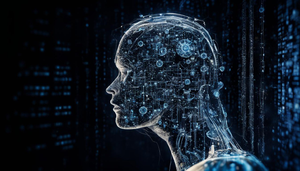Supervised Learning: Classification

What is Supervised Learning?
Supervised learning is a type of machine learning where the model is trained on a labeled dataset. The aim of supervised learning is to learn a mapping from input variables to output labels, based on the example input-output pairs provided in the training data. In classification tasks, the goal is to predict the categorical class label of new observations based on past observations with known labels.
Classification in Supervised Learning
Classification is a specific task within supervised learning that involves predicting the class or category of an observation. The output variable for classification problems consists of discrete categories (classes), and the goal is to learn a mapping from input features to these predefined classes.
Key Concepts in Supervised Learning Classification
Features: These are individual measurable properties or characteristics of the phenomenon being observed. They serve as inputs into our machine learning model.
Labels: Labels refer to the class or category that we are trying to predict using our model.
Training Data: This is a set of input-output pairs used to train the machine learning model. Each pair consists of feature values and their corresponding labels.
Model Training: During this phase, an algorithm learns patterns from the training data and creates a predictive model capable of mapping features to labels.
Model Evaluation: After training, we evaluate our model's performance on unseen data by checking its predictions against true labels not seen during training.
Algorithms Used in Classification Tasks
There are various algorithms used for solving classification problems:
Logistic Regression: A linear algorithm typically used for binary classification tasks.
Decision Trees: Tree-based models that recursively split data based on feature values.
Support Vector Machines (SVM): Effective for both linear and non-linear classification tasks by finding optimal decision boundaries.
K-Nearest Neighbors (KNN): Uses similarity measures between instances for prediction.
Random Forests: Ensembles of decision trees that improve accuracy and robustness through aggregation.
Applications of Supervised Learning Classification
Classification has numerous applications across industries:
- Email spam detection
- Image recognition
- Sentiment analysis
- Disease diagnosis
- Customer churn prediction
In conclusion, supervised learning classification plays a vital role in making predictions about categorical outcomes in diverse fields and drives many real-world applications by utilizing historical labeled data for training predictive models.
















